October 30, 2023
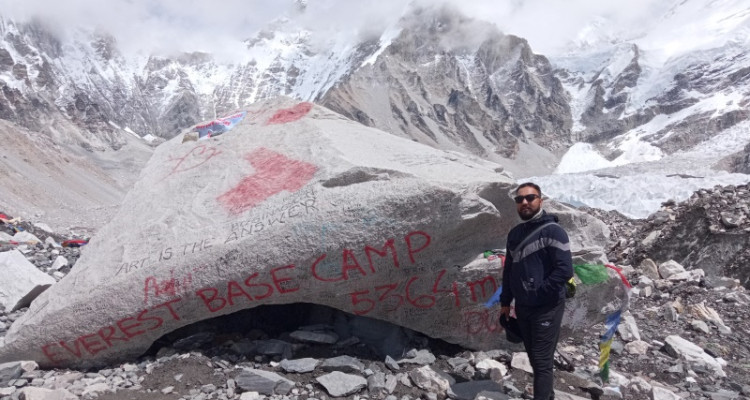
Before embarking on the Everest Base Camp trek, it’s crucial to comprehend the journey’s nature. The trek usually takes about 12 to 14 days, depending on the route chosen, and covers approximately 130 kilometers (81 miles) round trip. The trekking route passes through the stunning landscapes of the Khumbu region in Nepal, allowing you to immerse yourself in the local culture and enjoy awe-inspiring views of the world’s tallest peaks, including Mount Everest.
Trekking Itinerary: The typical itinerary starts and ends in Lukla, with various stops at teahouses or lodges along the way.
Best Time to Go: Spring (March to May) and autumn (September to November) are the best seasons due to stable weather conditions.
Trek Duration: The trek usually takes around two weeks to complete, allowing for proper acclimatization.
Agency Reputation: Research trekking agencies thoroughly, read reviews, and check their credentials.
Experienced Guides: Make sure the agency provides experienced guides who know the region well, are trained in first aid, and understand altitude-related risks.
Khumbu Pasang Lhamu Rural Municipality Entry fees: The Khumbu Pasang Lhamu Rural Municipality Entry fees helps authorities keep track of trekkers in the region.
Sagarmatha National Park Permit: This permit is essential for entry into the Sagarmatha National Park, where Mount Everest is located.
Cardiovascular Exercise: Engage in aerobic exercises like running, cycling, and hiking to build endurance.
Strength Training: Strengthen your legs, back, and core to handle the demanding terrain.
Flexibility Exercises: Yoga or stretching routines help maintain flexibility during the trek.
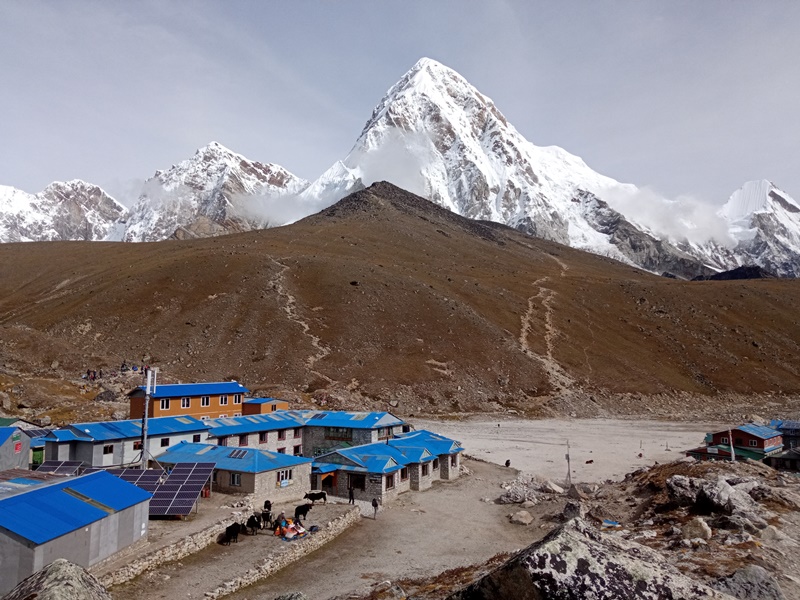
Last Tea house in Everest basecamp trek- Gorakshep5180m
Mild AMS: Symptoms may include headaches, fatigue, loss of appetite, and difficulty sleeping.
Severe AMS: High-Altitude Pulmonary Edema (HAPE) and High-Altitude Cerebral Edema (HACE) are life-threatening conditions that require immediate descent.
Rest Days: The trek itinerary includes acclimatization days in Namche Bazaar and Dingboche to help your body adjust to the increasing altitudes.
Stay Hydrated: Drink plenty of water to aid in acclimatization. Dehydration can worsen AMS symptoms.
Recognizing AMS: Be aware of symptoms such as severe headaches, nausea, vomiting, dizziness, and confusion.
Descend if Necessary: If AMS symptoms become severe or life-threatening, descend to lower altitudes immediately. Oxygen and medical care may be required.
Spring (March to May): Offers moderate temperatures, blossoming rhododendron forests, and clear skies.
Autumn (September to November): Known for stable weather, excellent visibility, and pleasant temperatures.
Unpredictable Conditions: Weather in the Himalayas can change rapidly, leading to snowfall or rain.
Winter (December to February): Harsh weather conditions, extreme cold, and snow make trekking more challenging and less popular.
Aerobic Exercises: Regular cardiovascular workouts help build endurance, making it easier to handle long hours of trekking.
Leg Strength: Strengthening your leg muscles through squats, lunges, and leg presses helps tackle uphill and downhill sections.
Core and Back Strength: A strong core and back provide stability and support when carrying a backpack.
Yoga and Stretching: Incorporate yoga or stretching routines to maintain flexibility, which can reduce the risk of muscle strain and injury during the trek.
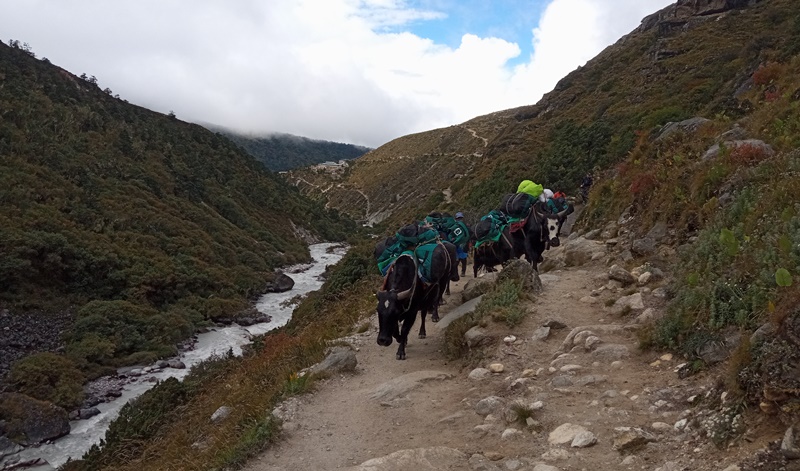
Yaks Carrying Trekkers luggage to Dingboche from Tengboche- day 5
Quality Boots: Invest in high-quality, well-fitting hiking boots with good ankle support. They should be comfortable and well-worn before the trek to prevent blisters.
Layering: Dressing in layers allows you to adjust to changing temperatures. Include moisture-wicking base layers, insulating mid-layers, and waterproof outer layers.
Warm Accessories: Don’t forget warm gloves, a hat, and sunglasses to protect against cold and UV radiation.
Proper Fit: Ensure your backpack is the right size and fits your body comfortably. It should distribute weight evenly.
Adjustment: Adjust the straps and belts to minimize strain on your shoulders and back.
Cold-Weather Rating: Choose a sleeping bag rated for temperatures below freezing, especially if trekking during the colder months.
Liners: Sleeping bag liners can add warmth and keep your sleeping bag clean.
Stability: Trekking poles provide stability and reduce strain on your knees, especially during descents.
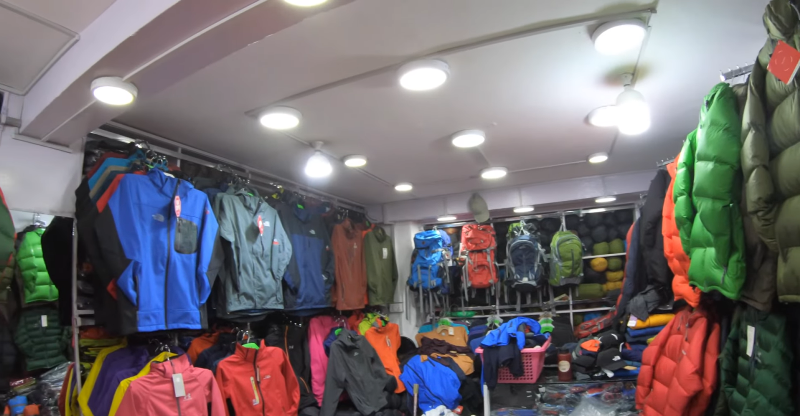
Essential trekking gear list for EBC trek
Water Sources: Tap water in the region may not be safe to drink. Carry a reusable water bottle and use water purification tablets or a water filter.
Bottled Water: If buying bottled water, ensure the seal is unbroken.
Teahouse Meals: Most trekkers eat at established teahouses or lodges, where food is prepared in hygienic conditions.
Freshness: Be cautious with items that may not be fresh, and avoid uncooked vegetables or fruits that may have been washed in untreated water.
Stomach Issues: Be prepared for common trekking ailments like traveler’s diarrhea. Carry medications for stomach issues.
Respiratory Infections: Protect yourself from respiratory infections by wearing a mask if needed and avoiding exposure to sick individuals.
Hand Washing: Maintain personal hygiene by washing your hands regularly with soap and water, or use hand sanitizer when water is not available.
Toilet Facilities: Use designated toilet facilities at teahouses and follow proper waste disposal guidelines.
Alcohol and Smoking: Alcohol and smoking can exacerbate altitude sickness, so it’s best to avoid them while trekking.
Rest and Sleep: Get plenty of rest and sleep to allow your body to acclimatize effectively. Adequate rest is crucial for preventing altitude-related illnesses and maintaining overall health during the trek.
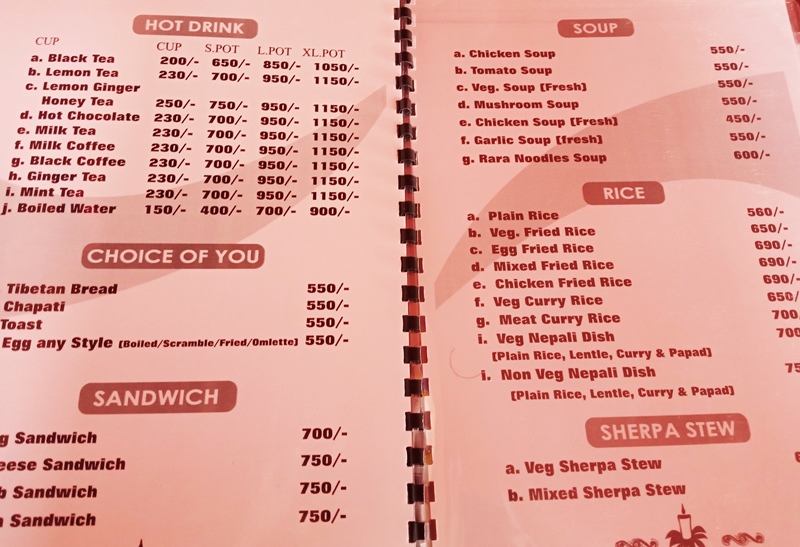
Food Verities in Everest base camp trekking
Teahouses: Teahouses are the preferred choice for most trekkers as they provide a comfortable and convenient place to stay. These are basic lodges that offer meals, shelter, and often warmth from a common dining area.
Camping: Camping may be an option for trekkers who prefer a more remote experience. However, it involves carrying additional gear and requires more planning.
Teahouse Meals: Teahouses offer a variety of local and international dishes. Food in teahouses is generally safe, as they cater to trekkers regularly.
Menu Selection: opt for freshly prepared items and avoid ordering dishes that are less likely to be fresh or well-preserved.
Reduced Appetite: As you ascend to higher altitudes, your appetite may decrease. It’s essential to consume small, frequent meals to maintain energy levels.
Hydration: Stay well-hydrated to combat the effects of altitude. Proper hydration is crucial for acclimatization and overall health.
Limited Connectivity: While mobile and internet coverage is expanding in the region, expect limited connectivity, especially at higher altitudes.
Local SIM Cards: Purchase a local SIM card with a data plan for better connectivity. Your trekking agency or guide can assist with this.
Satellite Phones: Some trekkers carry satellite phones for emergency communication. These phones can function in remote areas with no cellular coverage.
Emergency Services: In case of emergencies, satellite phones can be used to contact rescue services or get in touch with your trekking agency.
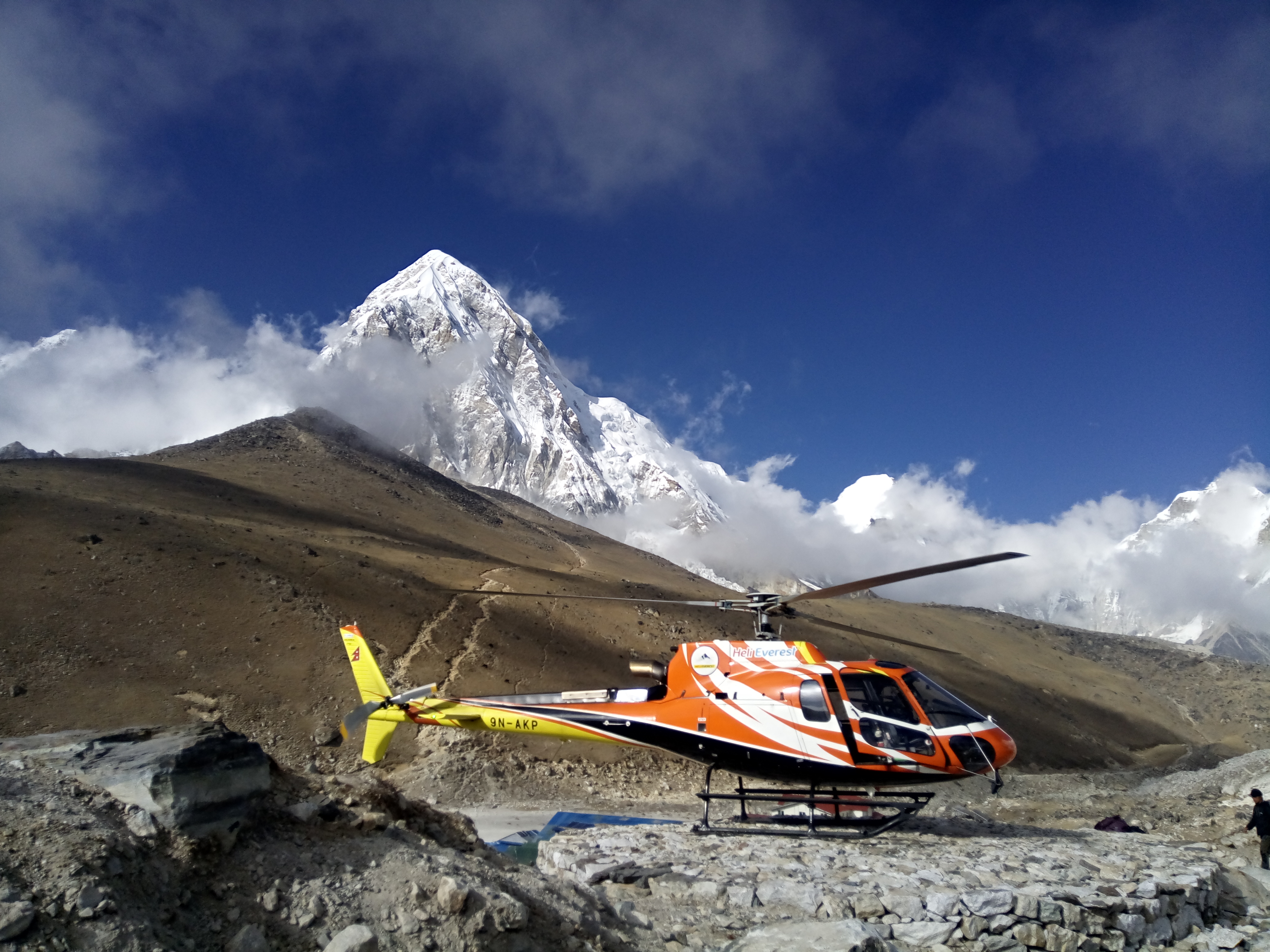
Emergency Plan: Have a clear emergency plan in place. Understand the evacuation procedures in case of severe altitude sickness, injuries, or other emergencies.
Local Contacts: Ensure you have contact information for local authorities and rescue services in the Khumbu region.
Evacuation Coverage: It’s essential to have comprehensive travel and health insurance that covers emergency evacuation. Verify that the insurance covers high-altitude trekking.
Documentation: Carry a printed copy of your insurance policy and emergency contact numbers.
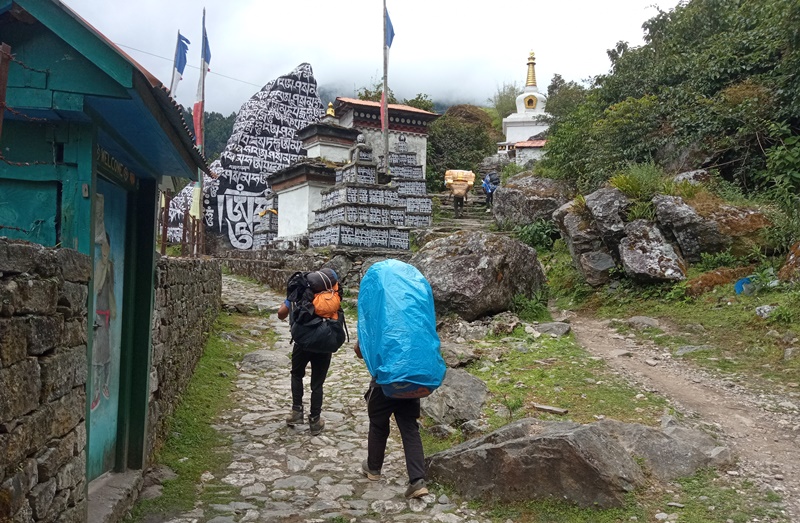
Stupas and Mani Walls along the trekking route to Phakding from lukla
Respect Traditions: While trekking, you’ll encounter the Sherpa people, who have a rich cultural heritage. Show respect for their customs, traditions, and way of life.
Monuments and Monasteries: When visiting monasteries or religious sites, maintain a respectful demeanor and adhere to any rules or guidelines provided.
Leave No Trace: Practice Leave No Trace principles to minimize your environmental impact. This includes packing out all trash and waste.
Support Local Communities: Contribute to the local economy by purchasing goods and services from teahouses and local shops.
Isolation: Trekking in the Everest region can be physically and mentally demanding. Isolation from the outside world and familiar surroundings can be challenging.
Altitude Effects: Be prepared for altitude-induced mood swings or emotional changes that can affect your overall experience.
Mental Resilience: Develop mental resilience to overcome obstacles and cope with the unique challenges of high-altitude trekking.
Enjoying the Journey: Focus on the journey, the breathtaking landscapes, and the sense of accomplishment as you approach Everest Base Camp.

stepping onwards Namche Bazaar-3450m
Pack It In, Pack It Out: Adhere to the Leave No Trace principles by carrying out all trash, including food wrappers, toilet paper, and waste.
Minimize Impact: Stay on designated trails, avoid disturbing wildlife, and respect the natural environment.
Fragile Ecosystem: The Everest region is home to a fragile ecosystem. Avoid picking flowers, disturbing animals, or contributing to environmental degradation.
Responsible Tourism: Engage in responsible trekking practices and support initiatives that protect the environment.
Personal Goals: Define your personal goals and expectations for the trek. These could include reaching Everest Base Camp or simply enjoying the journey.
Adjust Expectations: Be flexible with your goals and adapt to the circumstances to ensure a successful and satisfying experience.
Scenic Beauty: Take time to appreciate the stunning landscapes, majestic peaks, and unique cultural experiences along the trek.
Achievement: Reaching Everest Base Camp is a remarkable accomplishment, but remember that the journey itself is an incredible adventure.
In conclusion, safety during the Everest Base Camp trek is a product of thorough preparation, physical fitness, equipment, and adherence to best practices. With a respectful approach to the local culture and environment, proper acclimatization, and a focus on enjoying the journey, you can have a safe and fulfilling experience while trekking to the base camp of the world’s highest peak.
Related Information about Everest Region:-